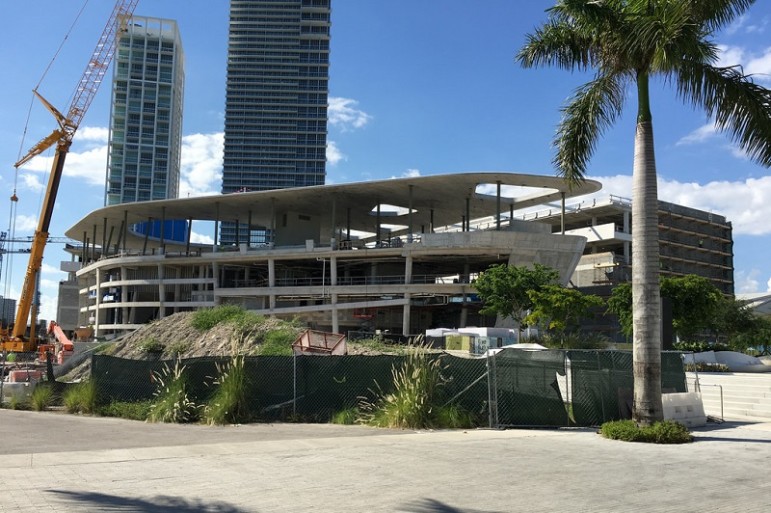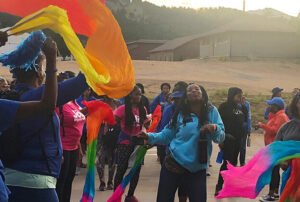
January 13, 2016; Miami Herald
The new and improved Patricia and Philip Frost Museum of Science, also known as MiaSci, was expected to open this summer in Miami’s Museum Park. With significant funds secured from public and private sources, the $306.7-million project will offer an aquarium, a planetarium, and state-of-the-art interactive exhibitions for locals and tourists alike. The three-story, 250,000-square-foot project is nearly 75 percent complete. Problem is, the museum has burned through all the cash it has raised and doesn’t know how it will cover the next construction bill from Skanska, due this month, for $5 to 7 million. And that’s just the short-term shortfall.
As reported last week in the Miami Herald, what looks to have been a solid—albeit ambitious—financial plan, may have hinged on one significant miscalculation: the amount of money the museum would be able to borrow to complete construction. A financial advisor to the project suggested that with all the funds raised and the secure pledges received to date—more than $93 million—and the potential to sell additional naming rights, the Frost would be able to borrow $105 million to complete construction. The banks, however, were not willing to make loans based on unsecured pledges or the remaining unsold naming rights, and offered only $38 million in construction loans. So far, no loan has been signed for.
It’s hard to comprehend how such a large-scale, high profile project with big-time investors could have gotten this far along in development before that miscalculation was flagged. Now, Frost Science leaders, county officials, and Miami Mayor Carlos Gimenez are scrambling to come up with a rescue plan. At best, the new facility will open in November, with most but not all of the planned spaces completed; at worst, construction might be stalled until additional funds can be secured. The museum is working to bring in some pledged gifts ahead of schedule, which would help with the immediate cash flow problem, but would further reduce the collateral needed to secure a loan.
Sign up for our free newsletters
Subscribe to NPQ's newsletters to have our top stories delivered directly to your inbox.
By signing up, you agree to our privacy policy and terms of use, and to receive messages from NPQ and our partners.
On the table is a proposal to swap out a planned 20-year, $4 million annual operating subsidy from Miami-Dade County, which would be funded through hotel and convention taxes, for a $45 million upfront payment to Frost Science. Because the county would have to borrow these funds, interest, and other expenses would reduce the total amount given to the museum from $80 million to $45 million. If that plan is approved, the net cost to taxpayers would be the same, but Frost Science would then have to recalculate the operating budget for the new facility to generate an additional $4 million/year—a scary prospect. Michael Spring, a special advisor to Gimenez, says it will be another three months before the rescue plan is ready for a county commission vote.
The Miami Science Museum was established in 1950. Its most recent location, which is now closed pending completion of the new facility, comprised 48,000 square feet, less than 20 percent of the space represented by the new project. The museum was renamed based on the $45 million gift made by billionaire entrepreneur Philip Frost and his wife, Patricia, toward the new construction.
In 2014, NPQ reported on the number of new or expanding museum projects in the Miami area, each of which was angling for public support. Along with the 200,000-square-foot Pérez Art Museum, which opened in December 2013, Frost Science is planned as one of two anchor institutions in Miami’s 40-acre Museum Park, located on Biscayne Bay. Pérez receives an annual $2.5 million subsidy from the county.
Is MiaSci too big to fail? Almost certainly, based on how far the project has already come, how much public and private donors have riding on its successful completion, and how important it is for a major city like Miami to have a world-class science museum for residents (especially students) and visitors. But until the doors to the new museum open, there is likely to be a great deal of collective breath-holding and finger-crossing. And much closer scrutiny of the finances.—Eileen Cunniffe












